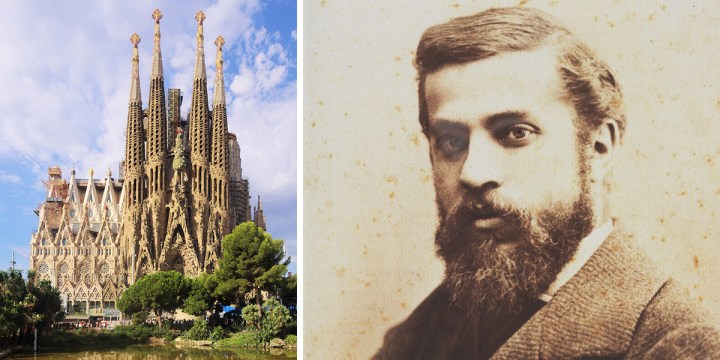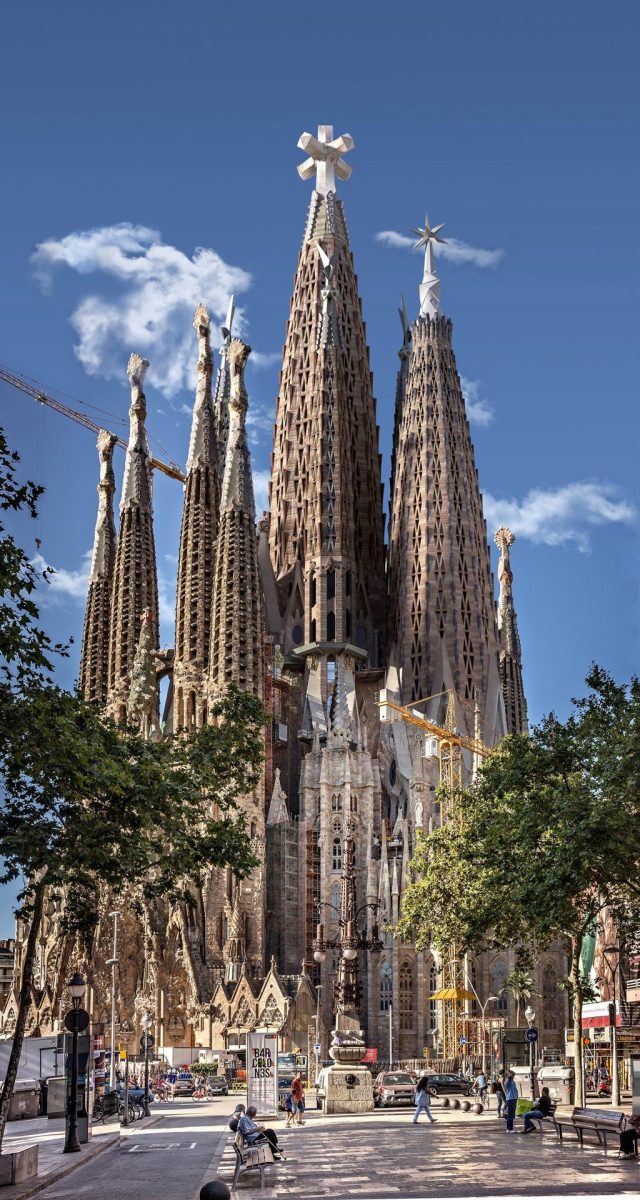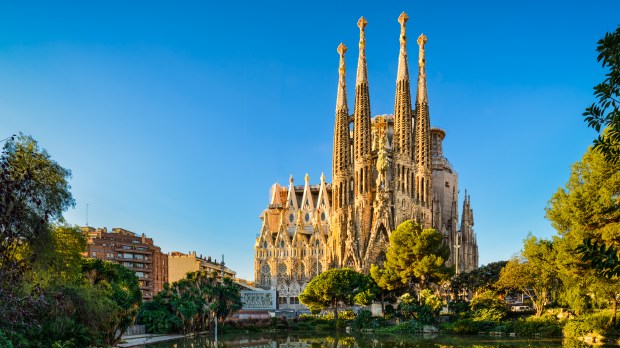The Sagrada Familia, the yet unfinished minor basilica that is both Barcelona’s best-known landmark and the architectural masterwork of the Servant of God Antoni Gaudí, is both relatively old and new. It has been under construction for more than a century (the first stone was laid on March 1882), and was just recently consecrated on November 7, 2010 by the then-pope Benedict XVI, who proclaimed it a minor basilica. This year marks the 11th anniversary of its consecration.
Relying solely on private donations, the construction of the building has progressed slowly since the very beginning. When Gaudí died in 1926, less than one quarter of the cathedral had been completed. In 1936, during the Spanish Civil War (three years before Franco’s rise to power), a militia set fire to the crypt and broke its way into Gaudí’s workshop, destroying most of his blueprints, drawings, and plaster models. It took 16 uninterrupted years of painstaking work just to piece together the fragments of the master model: Gaudí’s personal interpretation of Gothic architectural techniques and styles, masterfully fused with Art Nouveau and Modernisme, are simply without any precedent. In the words of the noted art critic (and Gaudí specialist) Rainer Zerbst,“it is probably impossible to find anything like it in the entire history of art.”

Construction didn’t resume until 1950, and then only intermittent progress was made. According to AFP, officials in Spain have not yet announced a new expected completion date for the cathedral, the most recent delays being attributed to the effects of the pandemic on the cathedral’s funding. But as Gaudí once (reportedly) said, pointing heavenward, “my client isn’t in any hurry.”
Sagrada Familia’s tallest tower
The Sagrada Familia has 18 towers in total: 12 for the apostles, four for the evangelists, one for the Virgin Mary and the tallest one, rising 172,5 meters high, for Jesus Christ.
The reason why this is the highest tower is obvious. Being dedicated to the main character of the Christian Bible, it is only logical it is indeed the tallest one. But the reasons why the tower is not any taller are even more interesting.

The highest hill in Barcelona, Montjuïc, rises up to 177 meters above the sea level. Gaudí firmly believed architecture and nature should harmoniously coexist. This is a principle that permeates not only all of his work, but Gothic architecture in general. However, he would always give nature the seat of honor, convinced as he was that human ingenuity should never yield to hubris. God’s work, nature itself, is always of a “higher” order. The tallest tower in his church could never be taller than the mountain overlooking the city.
The dedication
November 7 marks the 11th anniversary of the dedication of the Sagrada Familia by the then-pope Benedict XVI. The consecration of the still unfinished church took place during his pastoral visit to Spain in 2010.
In his homily, as he proclaimed the Sagrada Familia a minor basilica, Benedict paid tribute to Gaudí’s artistic and spiritual genius:
“Gaudí desired to unify that inspiration which came to him from the three books which nourished him as a man, as a believer and as an architect: the book of nature, the book of sacred Scripture and the book of the liturgy. In this way he brought together the reality of the world and the history of salvation, as recounted in the Bible and made present in the liturgy. He made stones, trees and human life part of the church so that all creation might come together in praise of God, but at the same time he brought the sacred images outside so as to place before people the mystery of God revealed in the birth, passion, death and resurrection of Jesus Christ. In this way, he brilliantly helped to build our human consciousness, anchored in the world yet open to God, enlightened and sanctified by Christ. In this he accomplished one of the most important tasks of our times: overcoming the division between human consciousness and Christian consciousness, between living in this temporal world and being open to eternal life, between the beauty of things and God as beauty. Antoni Gaudí did this not with words but with stones, lines, planes, and points. Indeed, beauty is one of mankind’s greatest needs; it is the root from which the branches of our peace and the fruits of our hope come forth. Beauty also reveals God because, like him, a work of beauty is pure gratuity; it calls us to freedom and draws us away from selfishness.”
The Basilica of the Sagrada Familia reopened its doors on July 4, 2020 maintaining due safety protocols. The Archdiocese of Barcelona explained the pandemic forced them to close the church for 114 days straight. “On no other occasion, in the 138-year history of the expiatory shrine, nor in the modern stage of construction of the building, had the doors had to be closed for so many days, except during the Civil War years, from 1936 to 1939.”


